
Vibrant Environment
All | Biodiversity | Climate Change and Sustainability | Environmental Justice | Governance and Rule of Law | Land Use and Natural Resources | Oceans and Coasts | Pollution Control

The Tribal Energy Project, a U.S. Department of Energy (DOE) program, aims to advance renewable energy sufficiency on tribal lands through government assistance. This assistance is three-pronged, providing financial support, technical and legal assistance, and tribal education and training on renewable energies. The goal is to improve tribal economies by using land to create more sustainable energy pathways that bolster the tribal community and create jobs within tribal nations.

One of the great things about working at ELI is the regular infusion of fresh perspectives. At any given time, about 20 percent of the staff consists of students and recent graduates, most of whom are with us temporarily. The applicant pool for these jobs is incredibly competitive, guaranteeing that some of the brightest young minds in the country will always be in residence at the Institute.

Already under ever-increasing threats from climate change, the world faced another crisis in 2020: the COVID-19 pandemic. A public health emergency of this scale requires swift and effective policy action—but in many cases, the United States fell short, revealing ongoing failures to address systemic injustices exacerbated by the disease. In this month’s issue of ELR—The Environmental Law Reporter, members of the Environmental Law Collaborative, an affiliation of environmental law professors, examine the country’s legal responses to COVID-19, offering thoughts about pandemic ripple effects and their implications for environmental policy, as well as potential opportunities going forward. The article is excerpted from their book, Environmental Law, Disrupted, to be published by ELI Press later this year.

As summer approaches, school systems throughout the United States are planning for in-person and hybrid learning next fall. Since the beginning of the pandemic, Congress has appropriated $190 billion to assist those efforts; the recent American Rescue Plan Act alone provides around $122 billion for PK-12 public education.
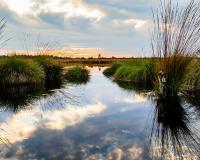
Effectively addressing the ever-evolving challenges for coastal communities is a daunting task, one that requires the coordinated effort of government, nongovernmental organizations, and corporations. In a time of limited resources and increased requirements for cost-sharing to obtain government funding for local projects, the support of all stakeholders is required if we are to effectively address community and environmental needs.
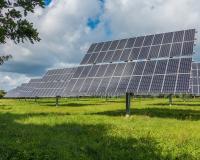
Parts One and Two of this blog series covered the debate and regulatory framework regarding interstate electricity transmission. Part Three will conclude the series by identifying key challenges energy policymakers should expect to face regarding interstate transmission siting, and policy recommendations on how to mitigate them.
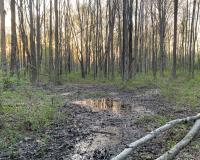
I am honored to be invited as a guest blogger for ELI’s Vibrant Environment Blog. As a first-year student at Carnegie Mellon University, I am studying computational genomics, statistics, and water sustainability.
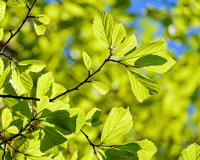
Local and tribal governments are on the hook to meet a multitude of environmental requirements. Consider the effort needed to comply with NPDES permitting requirements for municipal wastewater and stormwater facilities, drinking water standards for public water systems under the Safe Drinking Water Act, and regulations governing municipal landfills under the Resource Conservation and Recovery Act, to name just a few. Hard-working officials and environmental managers must ensure that these requirements are met, often with their agencies strapped for funding and operating with a limited staff.
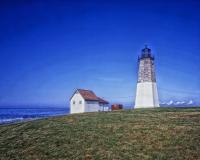
Paul McElroy saw potential for restoration in areas often overlooked and considered blighted by most. From the banks of the Woonasquatucket River to an abandoned landfill in Narragansett Bay, he saw what could be.

As we celebrate National Wetlands Month in May, one of the Washington State Department of Ecology’s best and brightest—and a longtime “hero” of Washington State’s wetlands—Lauren Driscoll has been recognized for her lifetime of wetlands program development work by ELI.